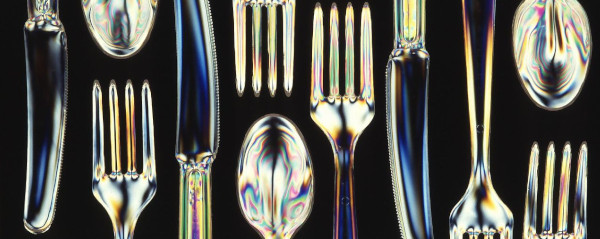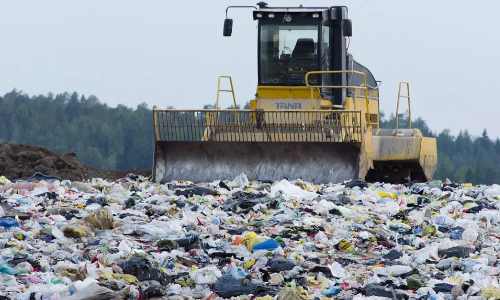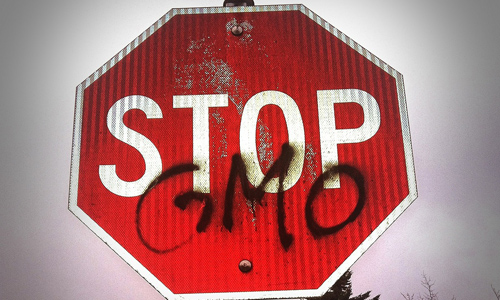How Biodegradable is Biodegradable?
- 1 Oct 2021
- 0 Comments
For a long time, the word ‘biodegradable’ has been widely used by the environmentally conscious, nature savvy and animal sensitive brands and products that ‘care’ about the world. They use the term as a way of showing consumers that their product, packaging or waste does as little damage to the environment as possible at the end of its life.

But how biodegradable is biodegradable? The plastic bag with ‘degradable’ written on the side of it or the packaging with a PET plastic symbol, what happens to them when they’re thrown out?
Unfortunately, a large amount of plastics labelled as ‘biodegradable’, are not as biodegradable or environmentally friendly as the name might suggest. Some of them still take many years to degrade, other don’t degrade at all and some leach toxins into the soil around them.
The problem is a general lack of education and control of the term ‘biodegradable’.
Some manufactures of bags labelled ‘biodegradable’ produce them of the same materials that traditional plastic bags are comprised of, simply with an additive that lets them degrade when exposed to the UV (petrochemical plastics such as PET). This often results in the chemicals and toxins from within the bag seeping into the environment in a toxic sludge and is not strictly speaking ‘biodegradable’. This is because the bags are not degraded by micro-organisms and bacteria.
Corn starch bags, on the other hand, are also labelled as ‘biodegradable’. They’re produced from corn starch and waste water, and break down naturally in the environment without residue. They release Co2 into the environment when they degrade, but only Co2 that was previously absorbed by the plants that created it. This makes it much greener than other options and arguably carbon neutral.
The majority of biodegradables require oxygen, UV light or heat (or a combination) in order to degrade naturally. This becomes an issue when these biodegradable products are sent to landfill, where they are covered and compressed and cannot degrade as intended. This makes them no more degradable than other plastics in this situation.
A consumer, learning this information, may think that they should therefore dispose of their biodegradable plastic in the compost, as they break down in a similar way. They would be correct in saying that they break down in the same manner, however, the plastic does not break down into an organic soil like other compostables do. It would result in compost that has small pieces of plastic in it, which will overall make the compost unusable.
Overall, consumers should be aware that ‘biodegradable’ does not necessarily mean green or environmentally friendly. Currently, there is little legislation and regulation currently in the UK as to what ‘biodegradable’ means.








